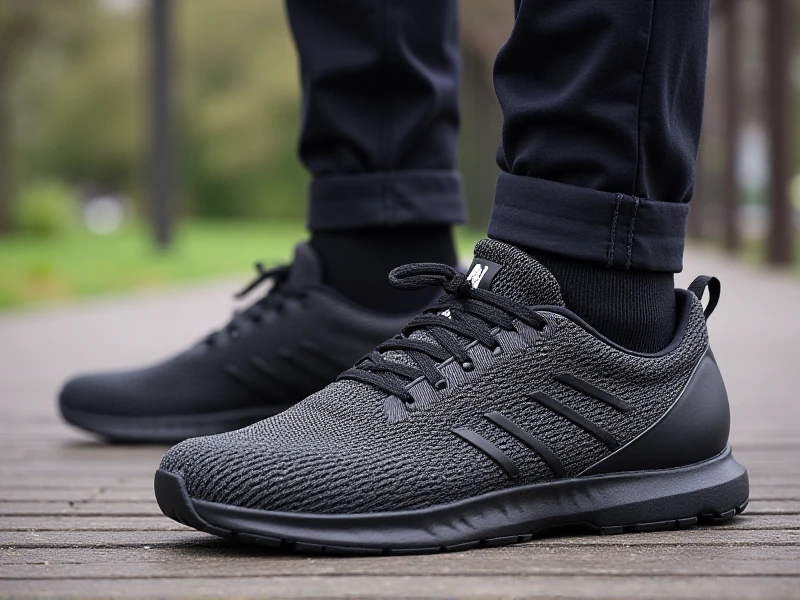Finding the Perfect Pair: Your Guide to Men's Running Shoes

Choosing the right men's running shoes is vital for comfort, performance, and injury prevention. With so many options claiming to be the best, where do you start? Understanding your unique needs and foot mechanics is key to finding the ideal pair. Whether you're training for a marathon or running casual miles, the right men's running shoes can transform your experience.
Know Your Foot & Gait Before browsing, consider your foot type and running style. Do you have high arches, flat feet, or neutral arches? How does your foot strike the ground – heel, midfoot, or forefoot? Understanding your pronation (how your ankle rolls inward upon impact) is crucial. Visit a specialty running store for gait analysis; professionals often use treadmills and video to assess your mechanics accurately. This insight helps narrow down choices to men's running shoes offering stability, neutral cushioning, or motion control.
Prioritizing Comfort & Support Comfort is non-negotiable. Focus on cushioning: maximalist shoes absorb heavy impact, while minimalist options offer ground feel. Heel-to-toe drop (differential height) affects stride; lower drops encourage forefoot striking. Support systems in stability shoes counteract overpronation through firmer medial posts or guides. Flexibility is also essential; shoes should bend naturally with your foot's push-off phase. Try shoes in-store later in the day when feet swell naturally for the best fit. Aim for about a thumb's width of space between your longest toe and the shoe's end.
Cushioning Tech & Terrain Matching Modern cushioning technologies – gels, foams, air pockets – vary significantly. EVA foam is common for lightweight cushioning, while newer ultra-resilient foams (like Nike's ZoomX or adidas's Lightstrike Pro) deliver exceptional energy return and durability. Match your shoes to the terrain. Opt for trail running shoes with aggressive lugs for rugged paths; they offer enhanced grip, rock protection, and often a waterproof upper. Road shoes focus on cushioning and fast transitions for paved surfaces.
Weight & Responsiveness: Performance Factors Lightweight men's running shoes enhance speed and reduce fatigue. Race-day flats prioritize minimal weight and maximum propulsion. Daily trainers offer a balance of cushioning, support, and durability for regular runs. Consider your typical run distance and pace; responsive cushioning provides a snappy feel on faster runs. Durability matters too; quality outsoles should withstand your mileage without rapid wear.
Caring for Your Investment Maximize your men's running shoes lifespan by rotating between pairs and avoiding excessive wear on wet pavement. Most shoes lose cushioning effectiveness between 300-500 miles. Listen to your body – discomfort or new aches often signal it’s time for fresh kicks.
Finding your perfect men's running shoes makes every mile more enjoyable and efficient. Focus on fit, function, and terrain to unlock peak performance. Visit a reputable retailer for expert fitting today!